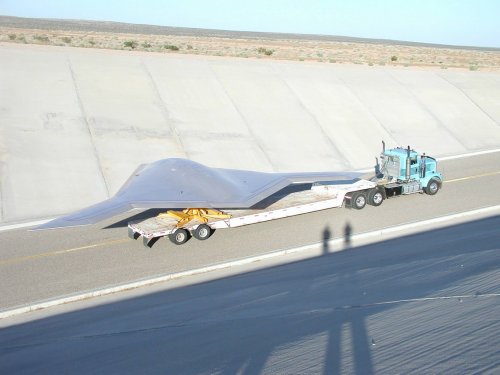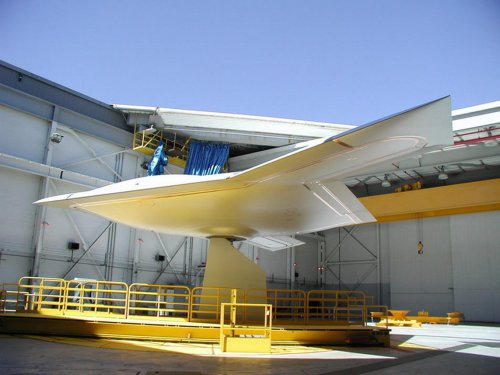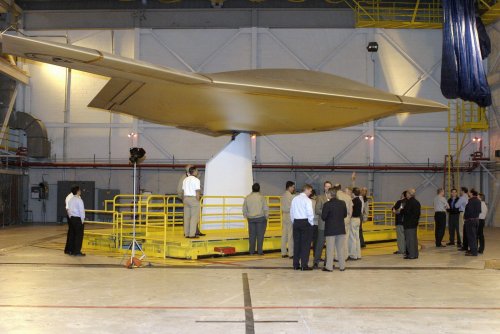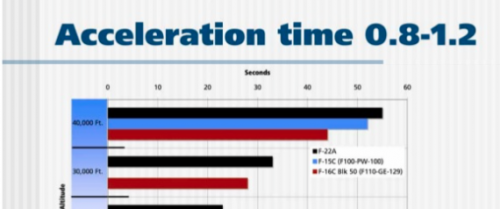WASHINGTON — The US Air Force's next-generation bomber program will compete for the right to do future technology upgrades, the Pentagon's top weapons buyer told reporters Thursday.
Speaking at a rollout of his Better Buying Power 3.0 acquisition strategy, Frank Kendall, Pentagon undersecretary for acquisition, said the Long Range Strike-Bomber (LRS-B) is being designed to incorporate new technologies, and that those technologies will be individually competed.
"The design is structured so that we have the opportunity to insert technology refresh in a way we have not had the flexibility to do in the past," Kendall said. "That is one of the things we asked for … modular designs and the idea of competition for future upgrades is very much a part of that approach.
"I think we will have opportunities to compete technologies that can go into the bomber to a degree we would not have had really on other programs we have had before," Kendall said. "I think the program office has done a good job of that."
That means whichever team wins the right to build the bomber will have to accept that competitors can still fight over a piece of the sustainment-and-upgrade pie. Northrop Grumman is competing with a team of Lockheed Martin and Boeing for the right to produce the bomber, which will eventually replace the B-1 and B-52 fleets.
Kendall did not go into detail about how much of the bomber's technology refresh would be competed, but the Air Force has made competition over the life cycle of its programs a priority. Officials for the F-35 joint strike fighter, for example, are looking at training contracts as a way to inject competition into that program.
Forcing competition into programs is seen as a way to drive down overall lifecycle costs, something that will be particularly important with the bomber program, which has a self-imposed cap of $550 million per copy in 2010 dollars. The program is expected to downselect this summer.





